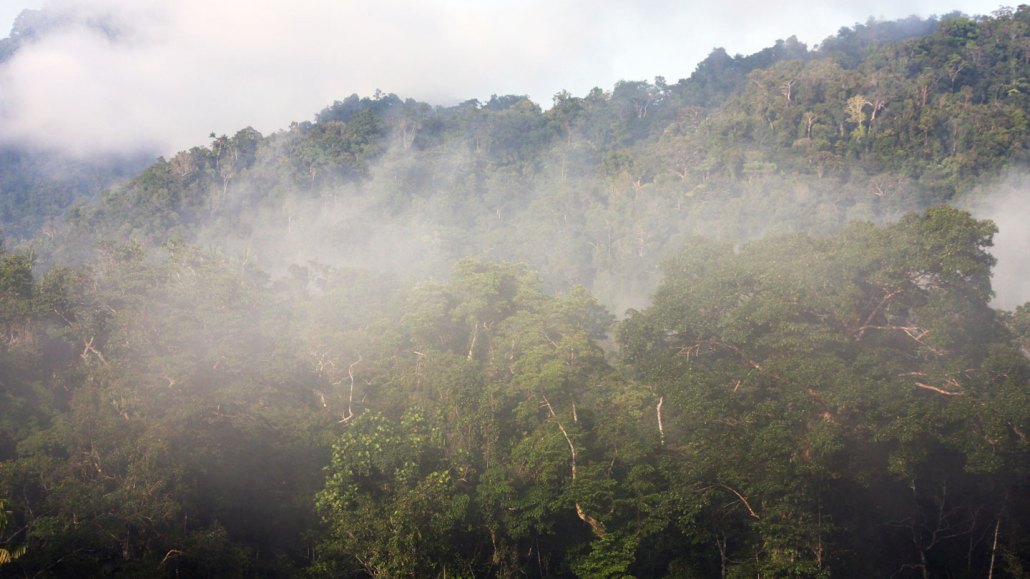Arctic: A region that falls within the Arctic Circle. The edge of that circle is defined as the northernmost point at which the sun is visible on the northern winter solstice and the southernmost point at which the midnight sun can be seen on the northern summer solstice. The high Arctic is that most northerly third of this region. It’s a region dominated by snow cover much of the year.
cloud: A plume of molecules or particles, such as water droplets, that move under the action of an outside force, such as wind, radiation or water currents. (in atmospheric science) A mass of airborne water droplets and ice crystals that travel as a plume, usually high in Earth’s atmosphere. Its movement is driven by winds. (in computing) A network of computers (hardware), known as servers, which are connected to the internet. They can be used to store data and computer programs (software) that can be accessed by one or many people at once, and from anywhere in the world.
condense: To become thicker and denser. This can occur, for instance, when moisture evaporates out of a liquid. Condense also can mean to change from a gas or a vapor into a liquid. This can occur when water molecules in the air join together to become droplets of water.
evaporate: To turn from liquid into vapor.
fog: A thick cloud of water droplets that touches the ground.
humidity: A measure of the amount of water vapor in the atmosphere. (Air with a lot of water vapor in it is known as humid.)
moisture: Small amounts of water present in the air, as vapor. It can also be present as a liquid, such as water droplets condensed on the inside of a window, or dampness present in clothing or soil.
tropics: The region near Earth’s equator. Temperatures here are generally warm to hot, year-round.
water vapor: Water in its gaseous state, capable of being suspended in the air.
weather: Conditions in the atmosphere at a localized place and a particular time. It is usually described in terms of particular features, such as air pressure, humidity, moisture, any precipitation (rain, snow or ice), temperature and wind speed. Weather constitutes the actual conditions that occur at any time and place. It’s different from climate, which is a description of the conditions that tend to occur in some general region during a particular month or season.








